Investing in Precision: Our New Tapered Post Plant
West Branch Wood Treating Sales invests in a new tapered post plant to meet growing demand while maintaining the highest standards.

West Branch Wood Treating Sales invests in a new tapered post plant to meet growing demand while maintaining the highest standards.

Choosing 12-foot treated fence posts and high-tensile fixed knot woven wire is the gold standard when building an 8-foot high fence to protect what matters most.
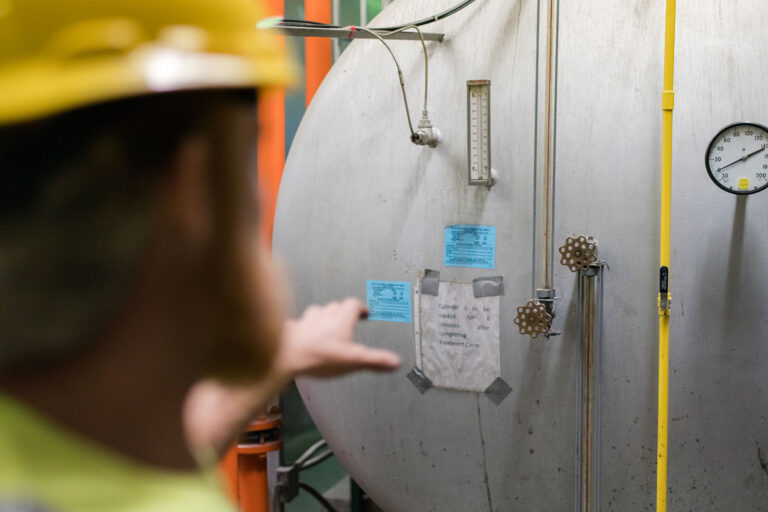
Learn more about the key differences between .40 CCA and .60 CCA treated wood posts, including retention, durability, and longevity.
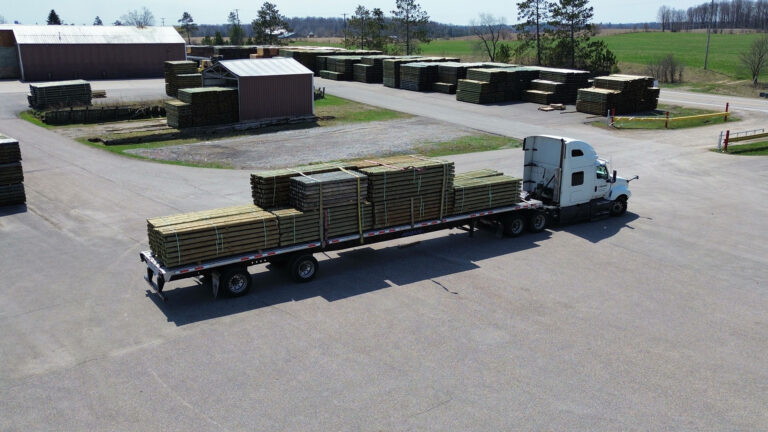
Ever wonder how many posts fit on a truckload? The answer isn’t always the same — it depends on many factors including weight restrictions, the type of post, weather, treatment time, and more.
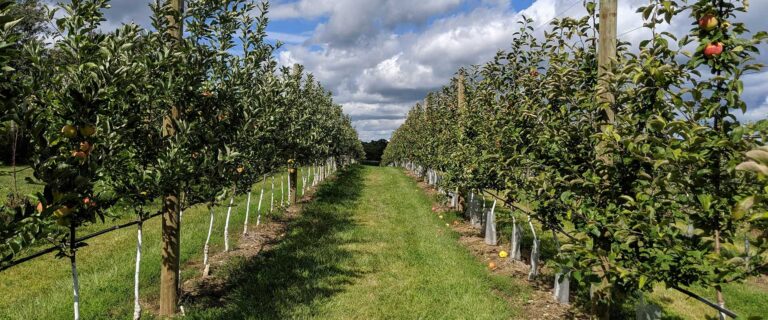
When choosing apple trellis posts for your orchard or farm, pressure-treated round wood posts are the best choice because of their durability, longevity, and support.
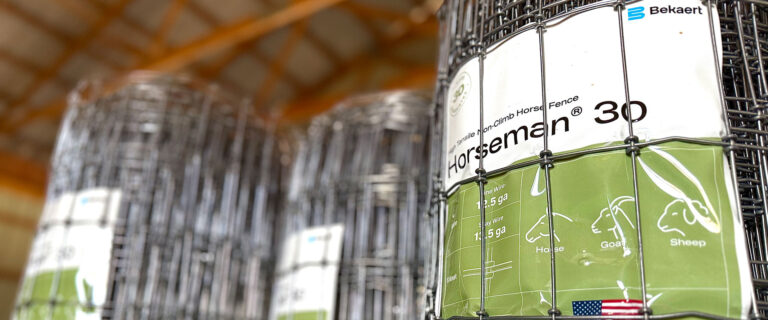
Non-Climb Horse Fence is specifically designed with animal safety in mind, making it the go-to choice for protecting horses and other livestock.

Kiln-drying is an essential part of the manufacturing process to ensure high-quality, strong, and long-lasting wood posts.
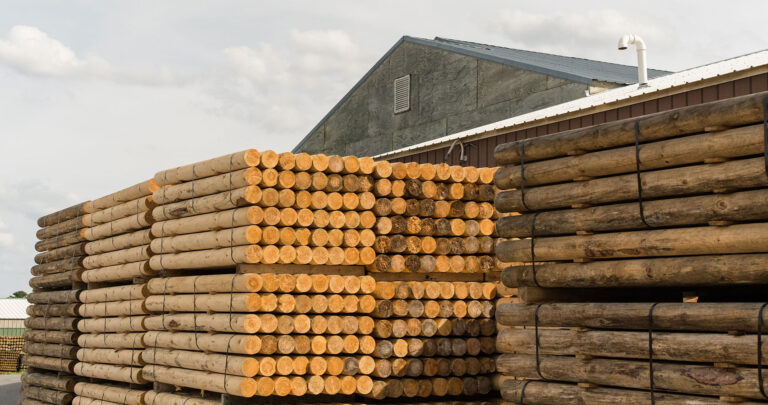
Compared to non-treated wood, a pressure-treated wood post resists decay and termites, providing longer service life and reducing future replacement costs.
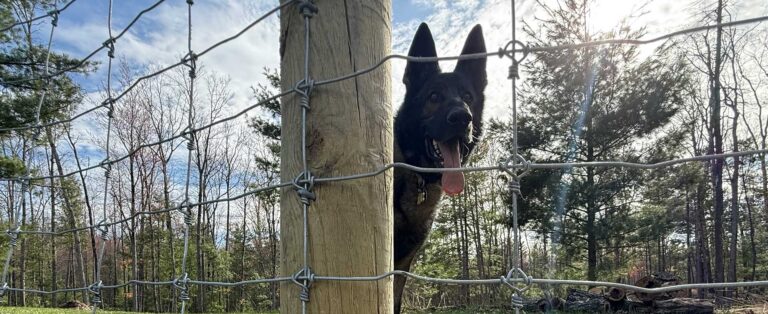
When it comes to farm fencing, choosing the right 8 foot round fence post is crucial for stability and long-term durability.
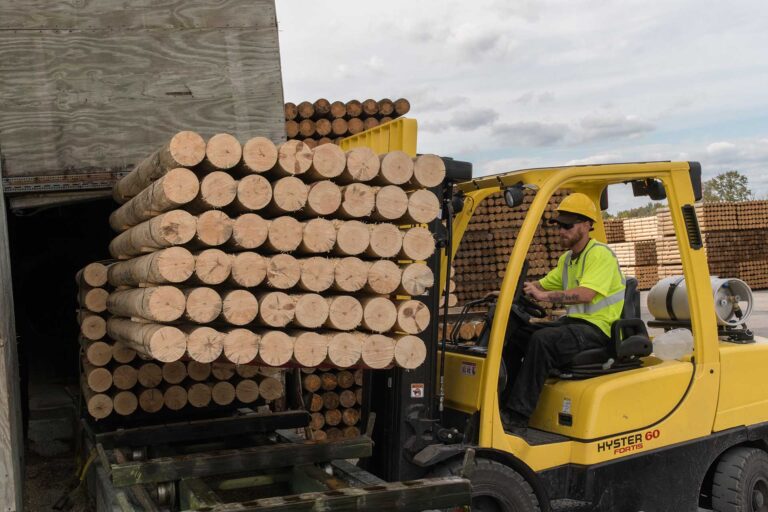
A cylinder wooden post offers a clean, uniform look—great for both fences and trellises. Find out why they’re becoming a favorite in the field and what sets ours apart.
Reach out to us! With our decades of experience in the fence and post industry, we’ve got you covered with the best tips and recommendations.